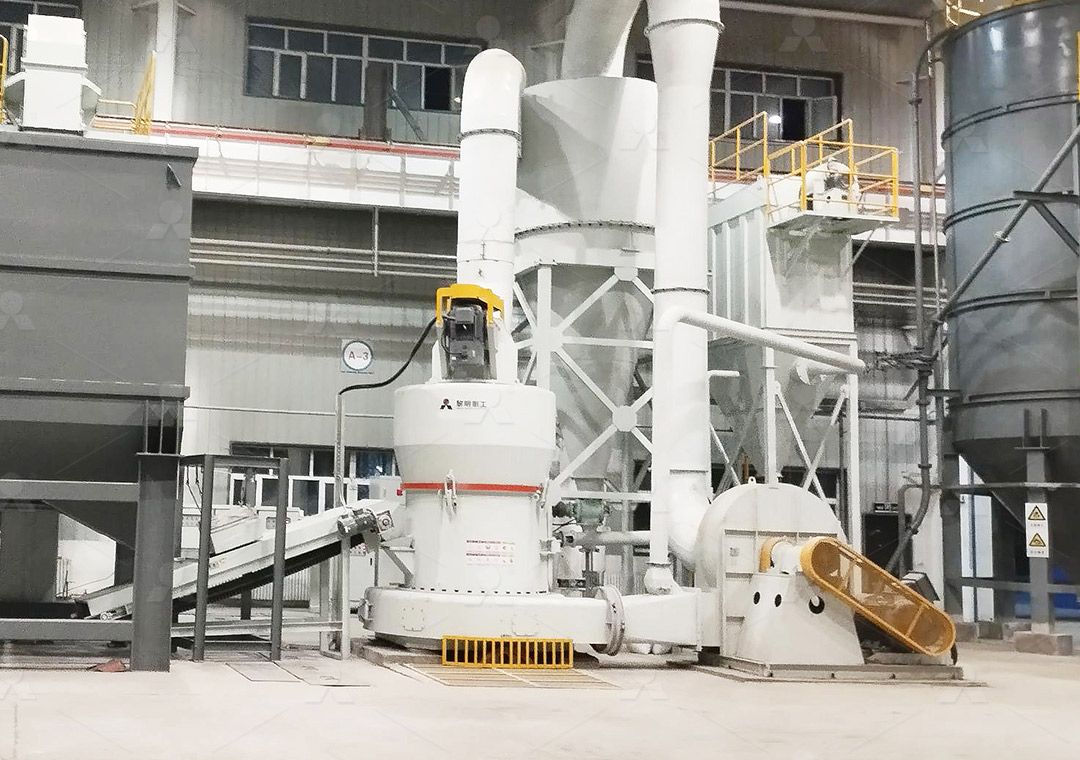What Is the Ideal Feed Size for Limestone in Power Plant Desulfurization Mills?
What Is the Ideal Feed Size for Limestone in Power Plant Desulfurization Mills?
In the critical process of flue gas desulfurization (FGD) at power plants, the efficiency of the entire system hinges on one crucial factor: the proper preparation of limestone. The grinding mill stands as the heart of this preparation, and its performance is directly influenced by the size of the raw limestone fed into it. Selecting the correct feed size is not merely a suggestion—it is a fundamental requirement for achieving optimal grinding efficiency, energy consumption, and final sorbent quality.
The target for limestone feed size in desulfurization mills typically falls within a specific range. Material that is too coarse can lead to excessive wear on grinding components, higher energy demands, and inconsistent particle size in the final product. Conversely, feed that is already too fine may cause issues like packing or inefficient operation in certain mill types. For most modern grinding systems, an ideal initial feed size is generally between 0-20mm. This size allows for efficient crushing and grinding in a single step, ensuring a smooth material flow and a consistent output of high-surface-area powder necessary for rapid reaction with sulfur dioxide.

However, the ‘ideal’ feed size is intrinsically linked to the type of grinding mill employed. This is where technological innovation makes a significant impact. For power plants seeking to maximize efficiency in their FGD systems, the MW Ultrafine Grinding Mill presents an excellent solution. Engineered to handle an input size of 0-20 mm, it is perfectly matched to the ideal feedstock dimensions. With a capacity range of 0.5-25 tph, it offers flexibility for various plant scales. Its design is focused on creating ultra-fine powder, which dramatically increases the reactivity of the limestone sorbent. Furthermore, its higher yielding and lower energy consumption—reportedly 40% higher capacity than jet mills and 30% of the energy consumption—translate directly into lower operational costs and a reduced carbon footprint for the power plant.
Another formidable contender is the LUM Ultrafine Vertical Grinding Mill. This mill takes a more conservative approach to feed size, optimally processing material from 0-10 mm. Its independent design by LIMING incorporates advanced grinding roller and powder separating technology. The LUM mill’s strength lies in its higher yielding rate and superior energy savings, achieved through a unique roller shell design and multi-head powder separating technology that reduces energy consumption by 30%-50%. For plants that can pre-crush their limestone to a slightly smaller size, the LUM mill offers exceptional stability and easier maintenance with its reversible structure.

The consequences of ignoring feed size specifications are tangible. Inconsistent feed leads to fluctuating product fineness, which can compromise the SO2 removal efficiency of the scrubbing system. It also causes uneven mechanical wear, increasing the frequency of maintenance shutdowns and the cost of spare parts. Therefore, establishing a consistent and correctly sized feed is a primary step in optimizing the entire desulfurization process.
In conclusion, the ideal limestone feed size for power plant desulfurization mills is a carefully balanced parameter, typically between 0-20mm. Achieving this is the first step; the second is selecting a mill that can efficiently transform this feedstock into a highly reactive sorbent. Technologies like the MW and LUM Ultrafine Grinding Mills are designed with these exact requirements in mind, offering power plants a reliable path to meeting environmental regulations while controlling operational expenses.

Frequently Asked Questions (FAQ)
Why is the 0-20mm range often considered ideal for limestone feed?
This size range is small enough to be efficiently ground in a single milling stage, preventing excessive wear and energy use on the crusher and mill, yet large enough to ensure smooth material handling and feed consistency into the grinding chamber.
What happens if the limestone feed is too coarse?
Oversized feed will reduce grinding efficiency, increase energy consumption, accelerate wear on grinding rollers and rings, and likely result in a coarser final product that is less effective for SO2 capture.
Can your mills handle variations in feedstock size?
Yes, our mills like the MW Ultrafine Grinding Mill are designed to handle a specified range (e.g., 0-20mm). While some variation is acceptable, consistent feeding within the designed parameters is crucial for optimal performance and longevity.
How does the MW Ultrafine Grinding Mill contribute to lower operational costs?
It achieves this through two main avenues: a 40% higher production capacity compared to some alternative mills and a system energy consumption that is only 30% of that of a jet mill, leading to significant savings in power costs.
What about environmental performance?
Both the MW and LUM mills are equipped with efficient pulse dust collectors and noise reduction systems, ensuring the grinding process meets stringent environmental protection standards with minimal dust and noise pollution.
